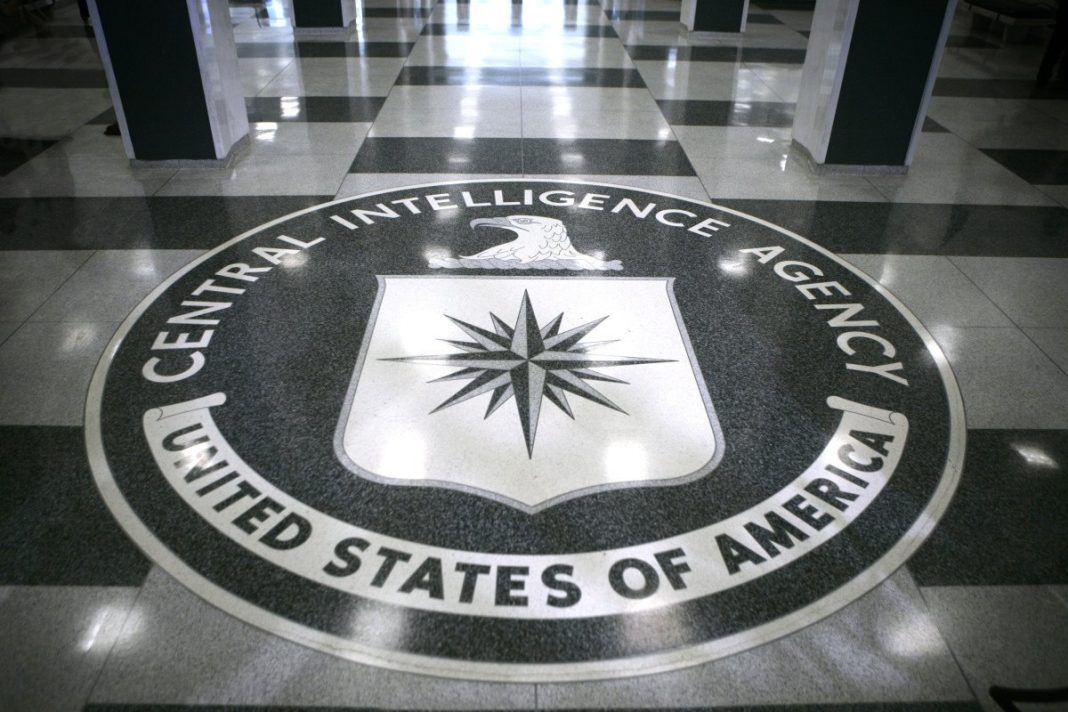The US foreign intelligence service has been heavily involved in Ukrainian affairs since at least 2015, according to the report on Monday. The agency maintains a “significant presence” in Kiev amid the conflict with Russia.
“The agency has provided Ukraine with advanced surveillance systems, trained recruits at sites in Ukraine as well as the United States, built new headquarters for departments in Ukraine’s military intelligence agency,” the report reads. The CIA has been aiding Ukraine’s SBU domestic intelligence service, as well as its military counterpart, the GUR.
The collaboration with the SBU was originally focused on creating units “capable of operating behind front lines and working as covert groups” to spy on and take “active measures” against Donbass militias, which rebelled against Kiev in the aftermath of the 2014 Maidan coup.
The missions by the CIA-reorganized Ukrainian intelligence, however, later turned lethal, with Ukrainian operatives assassinating “at least half a dozen Russian operatives, high-ranking separatist commanders or collaborators,” according to the report. The activity was “often attributed to internal score-settling but in reality was the work of the SBU,” unnamed Ukrainian officials told WaPo.
The targets included Yevgeny Zhilin, the founder of a Ukrainian anti-Maidan movement and leader of the Kharkov separatist group Oplot, who was killed in Moscow in 2016, as well as Mikhail Tolstykh, a prominent Donbass militia commander, best known by his nom de guerre Givi, who was killed in an explosion in early 2017. The assassinations have continued during the current conflict, with the SBU involved in the murder of journalist Daria Dugina, the daughter of Russian nationalist philosopher Aleksandr Dugin, the paper added.
“Over the past 20 months, the SBU and its military counterpart, the GUR, have carried out dozens of assassinations against Russian officials in occupied territories, alleged Ukrainian collaborators, military officers behind the front lines and prominent war supporters deep inside Russia,” the article states.
The WaPo’s sources, however, insisted that US spies were not directly involved in Ukrainian clandestine operations.
“We had a lot of restrictions about working with the Ukrainians operationally,” a former US intelligence official said, claiming it was more about “secure communications and tradecraft” and seeking new ways to get intelligence from Russia “rather than ‘here’s how you blow up a mayor.’”
“I never got the sense that we were that involved in designing their ops,” the ex-spy insisted. Still, the officials who spoke to the Post admitted the boundaries were “occasionally blurred” when working with the Ukrainians.
